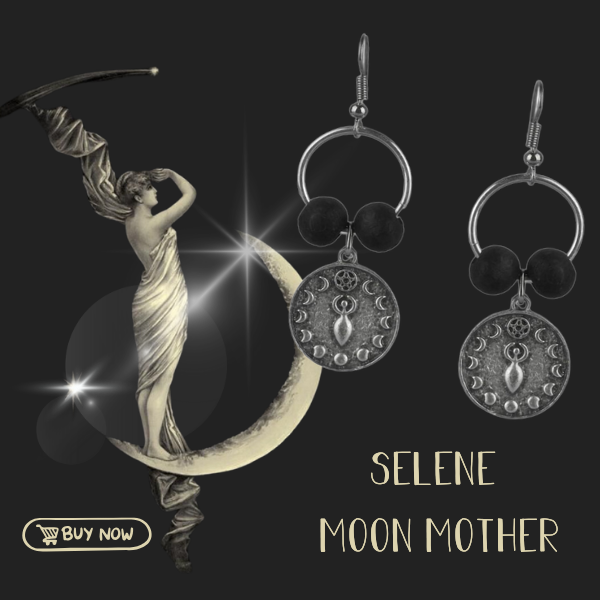In the shadowy twilight of ancient Greece, a figure as mysterious as the moon itself emerges—Selene, the Greek goddess of the moon. She wasn’t just any goddess, though. She was the light in the darkness, the celestial being who drove her chariot across the night sky. Unlike her more fiery siblings, Selene was cool, calm, and cloaked in mystery. So what exactly is Selene known for? And why does her tale still echo in moonlit nights?
The Goddess with Moonlit Eyes
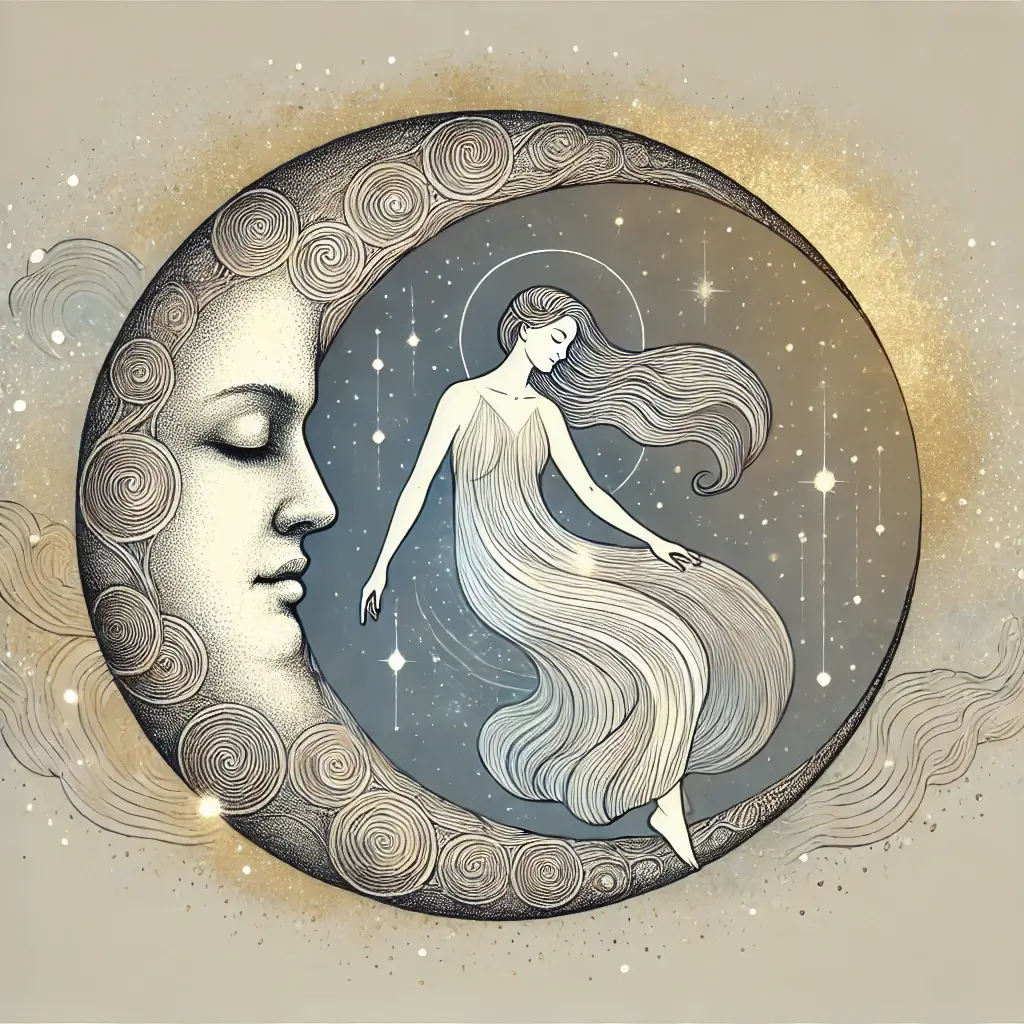
Selene wasn’t just the goddess who loved the moon; she was the moon. Every night, she would ascend the heavens in her silver chariot, pulled by two majestic horses. Her luminous presence would bathe the earth in moonlight. But, Selene’s mythology story reveals more than just her love for moonlit journeys. She was a Titaness, daughter of Hyperion and Theia, and sister to the sun god Helios and the dawn goddess Eos. This powerful family controlled time, but while her brother burned bright and hot during the day, Selene was all about the soft, nurturing glow of night.
Her powers were as calming as they were strong. Selene’s goddess powers allowed her to control the waxing and waning of the moon, bringing rhythm to the world below. But she wasn’t just some passive figure; her radiance had the power to influence human emotions, tides, and even fertility cycles.
The Moon and Her Many Faces
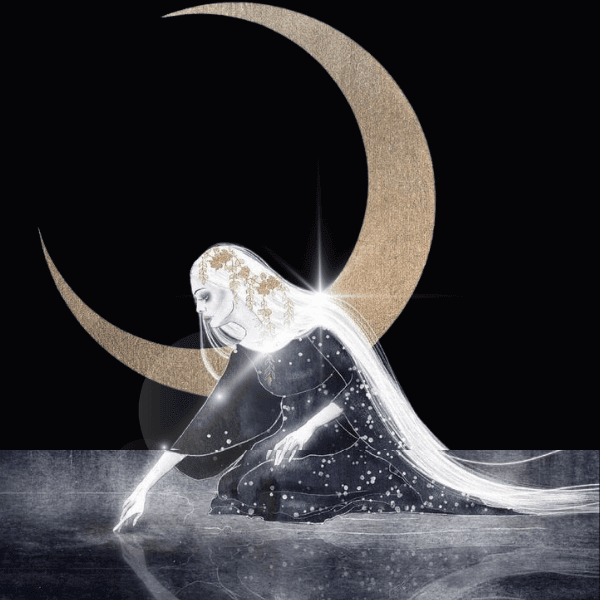
Many often ask, “Are Luna and Selene the same goddess?” Yes and no. While Luna was the Roman version of Selene, her story evolved over time. Though both deities share similar qualities, Selene’s personality is distinctly Greek—emotional, passionate, and sometimes, a little tragic.
Speaking of tragic, the moon goddess’ story isn’t all moonbeams and stardust. Her love story with Endymion remains one of the most heartbreaking tales in mythology. Selene and Endymion’s love story began when the goddess fell madly in love with the handsome shepherd. But this is Greek mythology, so naturally, things took a bizarre turn.
One night, as Selene gazed down from her chariot, she saw Endymion sleeping in a field. Captivated by his extraordinary beauty, she fell deeply in love with him.

Wanting to preserve his youth forever, Selene asked Zeus to grant him eternal life. Zeus, in a twist typical of Greek mythology, granted her wish but placed Endymion into an eternal sleep. Endymion would never age, but he would also never awaken.
Every night, Selene would descend from the sky to be with him, watching over her sleeping lover. She would kiss him and caress him gently, forever bound to him, even though he could never respond to her love. The tragedy of their relationship lies in the fact that while Selene’s love for Endymion was powerful and enduring, he remained unreachable, caught in a perpetual dream state.
Endymion was granted eternal youth and endless sleep—either by Selene’s wish or Zeus’s hand, depending on the version. She would visit him every night, kissing him softly as he slept, forever in love with someone she could never truly be with. Talk about a mood.
The Sadness in the Moonlight
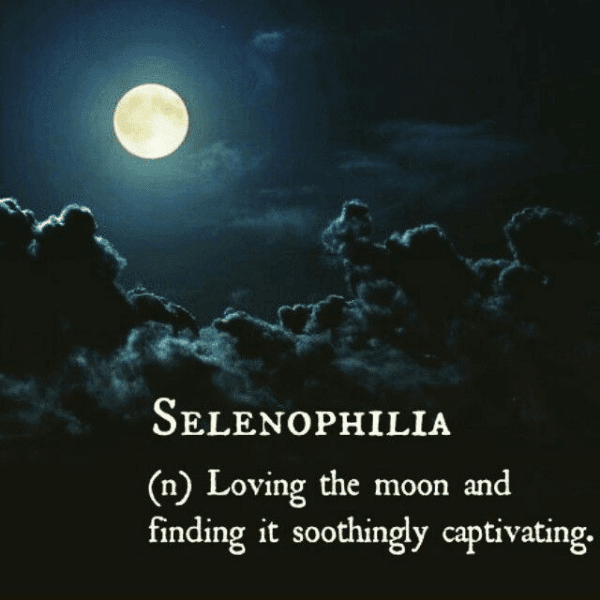
Selene’s story often highlights the sorrow and longing that come with eternal love. The Selene and Endymion tale is one of devotion without resolution—an endless cycle of loving someone you can never fully reach. For centuries, lovers under the moon have whispered her name, hoping to capture a sliver of that longing in their own lives.
But what does this really tell us about the goddess Selene’s meaning? It’s not just about love; it’s about understanding the nature of cycles, the rise and fall of emotions, the ebb and flow of life itself. Selene’s story is a reminder that life, like the moon, has its phases—some full of light, others drenched in shadow.
Symbolism in the Moon’s Glow
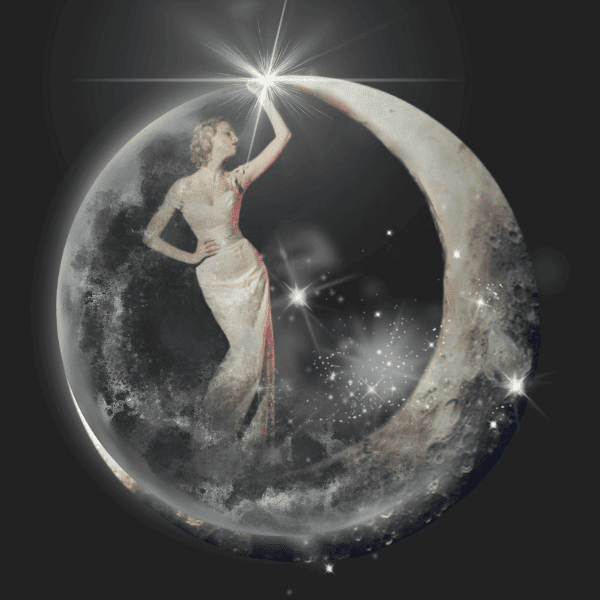
Now, if you’ve ever wondered about the Selene goddess symbol, picture this: a crescent moon resting on her forehead, a torch in her hand, and a flowing robe that seems to shimmer like the night sky itself. The crescent moon symbolizes growth, new beginnings, and the cyclical nature of life. Meanwhile, her torch represents guidance through the darkness. It’s no wonder why the moon goddess has been a symbol of intuition and inner wisdom for centuries.
Harnessing Selene’s Energy
But how can mere mortals connect with the powerful energy of Selene? It’s simpler than you’d think. Start by embracing the moon’s phases in your life. New moons bring fresh starts, while full moons help with manifestation. Offerings to goddess Selene might include moonstones, white candles, or anything that glows softly like her gentle light. If you’re feeling particularly creative, write a love note to your loved ones or even to the Selene and Endymion love story—she’s always in the mood for a good romantic gesture.
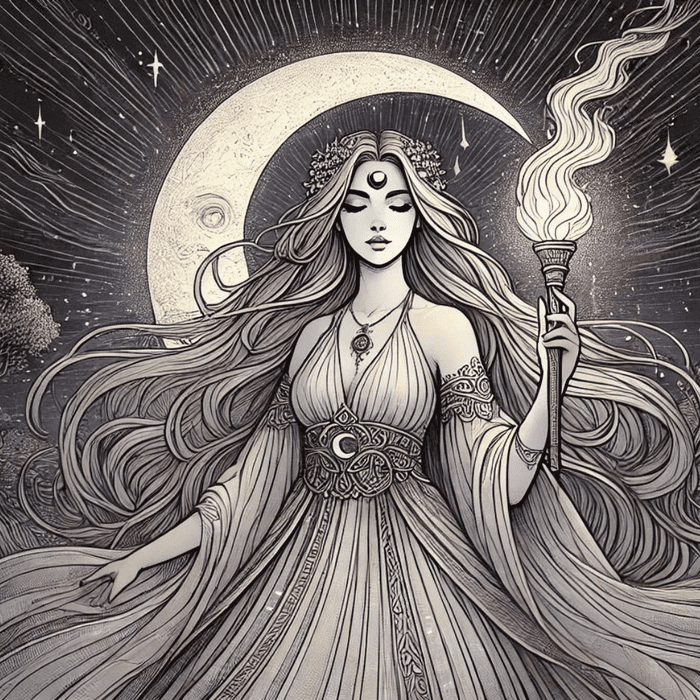
In meditation, envision her driving her chariot across the sky. Picture the moonlight bathing you in calm, helping you release old emotions, and inviting new energy into your life. Selene’s powers are subtle but profound; they don’t scream for attention, but they guide you softly, like the moon itself.
Learning from Selene
So, what can we learn from the story of Selene? Firstly, she teaches patience. Her love for Endymion was eternal, even if she could never fully have him. Secondly, her story shows us the power of cycles. Embrace the ups and downs in life, and know that even in the darkest of nights, the moon will rise again.
Finally, her goddess personality reminds us to find beauty in silence and stillness. There’s magic in the night, and Selene’s appearance shows us that sometimes, the quietest moments hold the most meaning.
From her goddess Selene offerings to the symbolic phases of the moon, Selene’s goddess powers remind us of the quiet strength found in reflection, love, and the cyclical nature of life. Her beauty isn’t just in her goddess Selene appearance but in the way she teaches us to navigate the ebbs and flows of existence. Let her guide you like she’s guided the night sky for millennia.
In the end, Selene stands as a beacon of what it means to love, lose, and rise again, like the moon herself.

